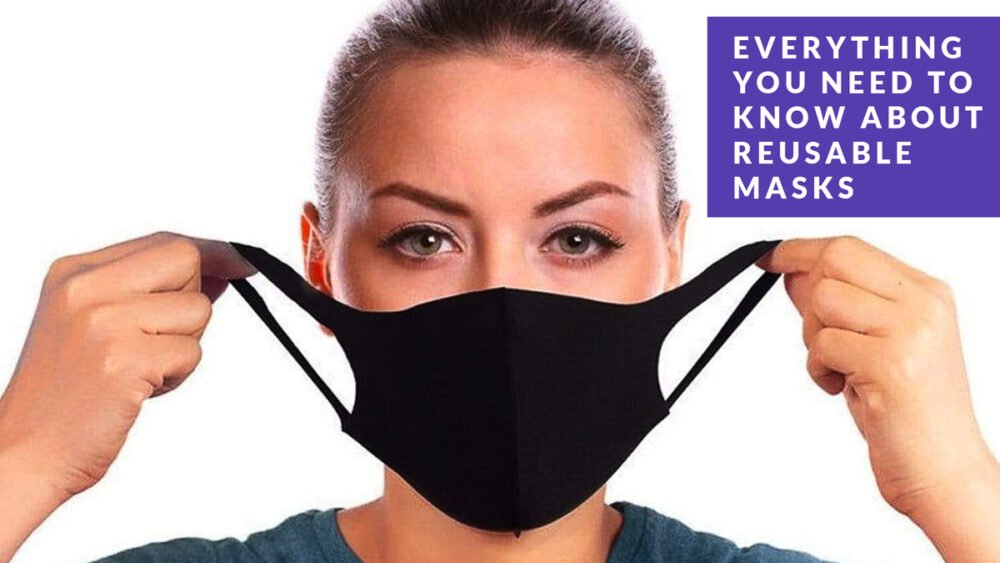Everything you need to know about reusable masks

For the foreseeable future, masks are going to be an essential part of our daily lives. They’ve extended the mental checklist we run through as we head outdoors. Phone, wallet, keys… Mask? By now, you’ve probably noticed how quickly a person can go through a bag of disposable masks. As a mask-wearing world becomes the new norm, more and more people are opting for reusable versions.
Needless to say, reusable masks are much more environmentally friendly than single-use masks, which are not recyclable. If you are interested in the environmental impact of single-use masks, you can read more about it here. Another advantage of reusable masks is that they are more cost-effective in the long run. We wear masks pretty much everywhere now, so investing in a few reusable ones will save more money than constantly having to purchase disposable versions.
With the right equipment and a bit of patience, it’s not difficult to make your own reusable mask. There are plenty of online patterns, measurements, guides and videos, so it should be easy to find a style that suits you. Gathered offer guides for three different masks, including one that can be made without a sewing machine.
Many popular fashion retailers stock reusable masks now, but there are also plenty of independent Irish designers that are selling them also. Many mask retailers donate a portion of their profits to charity: for example, Masks for ALONE donate 50% of their income to ALONE. Their masks cost €7 each. Masks That Matter divide a percentage of their profits between The Irish Hospice Foundation, The Marie Keating Foundation, and Trócaire. You can buy a 2-pack for €12. Lastly, We Make Good is a social enterprise that sells masks made by past and present employees of The Textile Studio – a charity providing jobs and training to refugee women. For €25 you can buy one mask for yourself and donate another to someone living in Direct Provision.
When buying and making masks, remember to sensibly discern what’s still a safe and efficient face mask. For example, the HSE lists cotton or silk as reliable materials. At least two layers of fabric are recommended, and there shouldn’t be a gap at the sides of your mask. If you do have gaps, or if your mask pulls at your ears, you can invest in or make a face mask extender. These wrap around the back of your head to pull back the ear loops of your mask. You can find a wide range on Etsy. Also, while they look cool, bandanas and scarves are advised against as a replacement for face masks.
If you’re not on the reusable mask buzz yet, you’ll need to know they require a smidge more maintenance than disposable masks. The same guidelines apply while you’re wearing it – don’t touch it, sanitize your hands whenever you do, and remove it by its ear loops. Reusable masks should be placed in a sealable bag until they can be washed. They should be regularly washed at a high temperature – this can be done along with your general laundry.
Reusable cloth face masks are not replacements for medical-grade face masks, which are worn by health-care workers. Always wear your mask over your mouth and your nose, and resist the urge to touch it while it’s on.
You’ve surely heard this over and over, but wearing a mask should be a last line of defence. Mask-wearing does not take the place of social distancing, hand washing, and of course, staying at home as much as possible. Remember the possibility that you could unknowingly be carrying the virus and passing it on. The purpose of wearing a mask is to protect others. Stay safe!